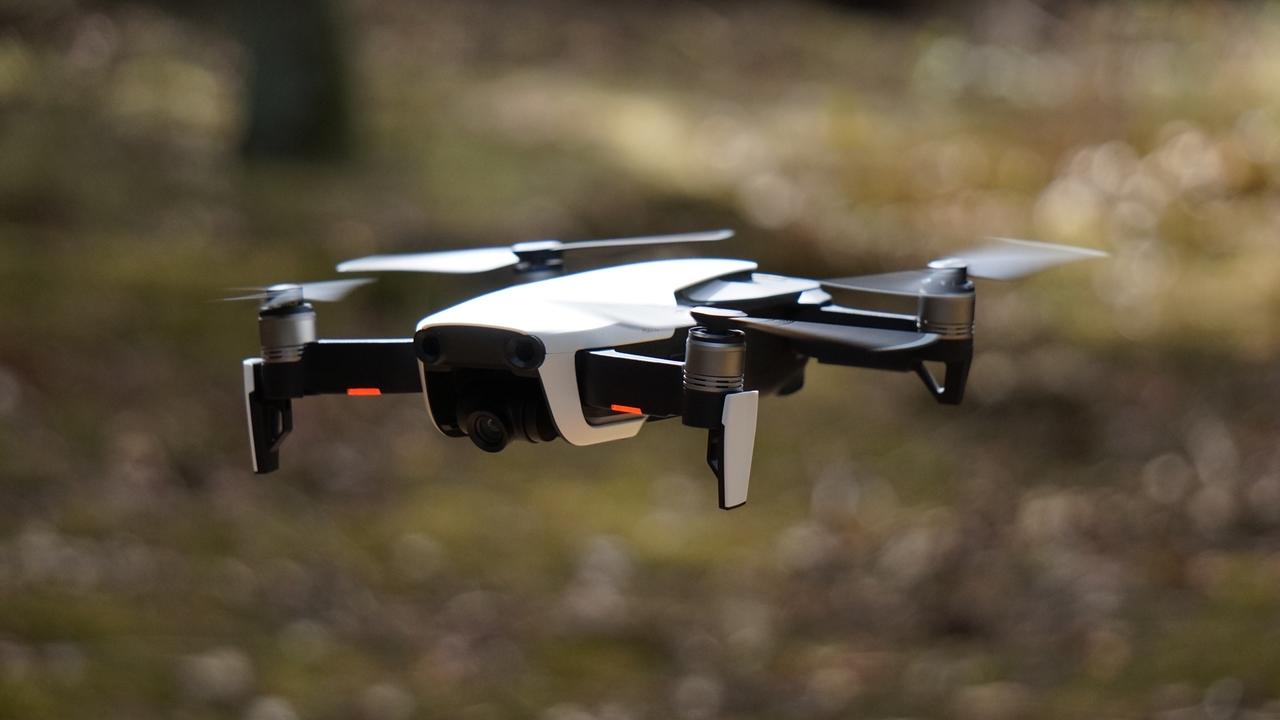LAANC Explained For Licensed Drone Pilots

Welcome to this article, where we will be discussing the Low Altitude Authorization & Notification Capability System (LAANC) for Commercial Drone Pilots. The Federal Aviation Administration has been working to develop this system which now provides transparency for commercial drone operators requesting instant authorization to fly in controlled airspace under a specific Altitude.
What is LAANC?
In summary, Low Altitude Authorization & Notification Capability System (LAANC) provides near real-time processing of airspace authorizations for small unmanned aircraft operations nationwide.
Who Benefits from LAANC?
Authorities, Air Traffic Control & The Federal Aviation Administration:
The tools available in this initiative provide drone-related information to Air Traffic Control which helps the FAA to build a reliable Unmanned Aircraft Systems Traffic Management System (UTM). As more information becomes available for commercial drone operators and the authorities managing the safe integration of drones into the National Airspace System, the potential for new pilot programs like Beyond Visual Line of Sight Operations begins to increase.
Licensed Commercial Drone Pilots:
As Part 107 Pilots, there’s a common struggle to understand the application processes surrounding the ability to fly in controlled airspace. The authorization process previously took months, with little communication and no understanding of where you stand in regards to your approval. LAANC now provides interactive maps and automatic notifications for Remote Pilots, providing full transparency to the process.
Drone Manufacturers:
The world’s leading consumer drone manufacturer has recently been approved to authorize Low Altitude Authorizations for commercial drone pilots. Certified Drone Pilots can request authorization through DJI’s platform, allowing missions to be completed at a safe altitude surrounding local airports.
Leading Drone Companies:
On April 16th, the FAA had considered agreements with leading drone companies like AirMap, Project Wing, Rockwell Collins and Skyward.io to expedite the program and test the application process through the new initiative. The airspace data has been provided by the UAS Facility Maps with insight into the maximum altitude drone operators can fly surrounding airports where the automatic notification system would be used.
There are currently nine new partners that have been added to the program after going through a five-month onboarding process that started in April of this year. With the support of drone industry stakeholders like DJI & Airmap, the feasibility of a nationwide Universal Traffic Management System becomes more apparent and will allow for these companies to collaborate on the safe integration of drones.
How Do I Obtain a LAANC Authorization with Airmap?
- Plan your flight within the AirMap Application
- Make sure you go through your Pre-Flight Checklist
- Confirm your Flight Details
- Enter your First Name, Last Name & Phone Number
- Flight Briefing
- Authorization & Validation Section (3 Potential Options)
- Automatic Authorization Upon Submission: Authorization to Fly in Controlled Airspace
- Manual Authorization Upon Approval: Pending Submission through Reviewal Period (Submit 72 Hours Prior)
- Denied Approval: Due to a lack of information, or unauthorized parameters, you will not receive authorization to fly in controlled airspace.
- Submit Flight: Approved Flight Plan
- Confirmation of Approval
As you can see from the briefing above, the general authorization process takes a few minutes to complete and as long as you have the proper information regarding your mission and the authorized location, you should be in the clear to move forward with the proposed operation.
For more information on this process, check out www.Altitude-University.com where we will be posting resource videos to walk you through this process.
High-Level Overview of AU's Online Part 107 Test Prep Course
Until August 29, 2016 the rules and regulations in the U.S. were mostly unstructured in terms of the legality of flying UAV’s. Since then, the Federal Aviation Administration (FAA) has made many strides in making flying drones legal and far safer.
The Altitude University Online Part 107 Course is a test prep course aimed to help drone enthusiasts pass the exam and acquire their FAA Remote Pilot's Certificate (better known as Part 107 License) that will allow you to legally make money flying drones.
The program has been created by Brandon Trentalange who is one of the most popular entrepreneurs in the drone industry. He has over 6+ years of experience flying drones as a professional drone pilot, has consulted top corporations like NASA, Jet Propulsion Laboratory and Syngenta, and helped over 2,000+ drone operators start a career in the industry.



